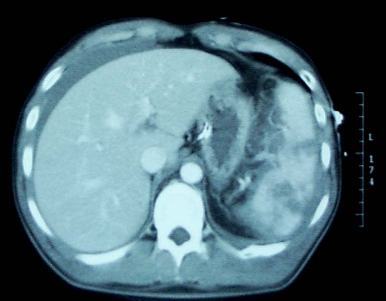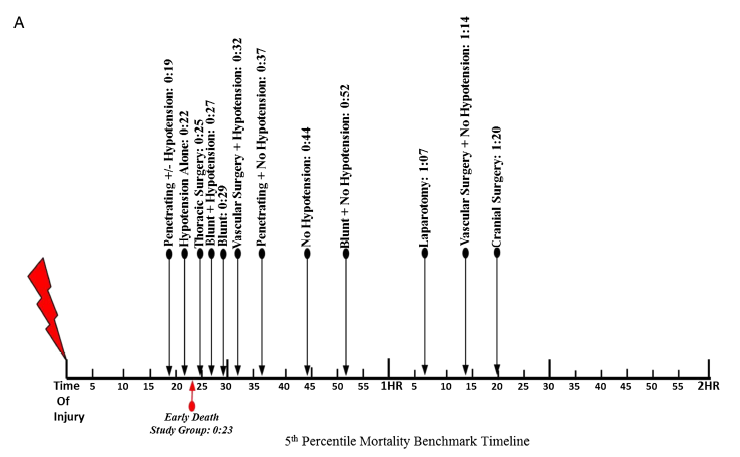Worldwide, the proportion of older people is growing. With that is an increase in the number of older folks with medical comorbidities like diabetes, hypertension, and obesity. Trauma professionals recognize these conditions’ negative impact on recovery after injury.
But is being young becoming the new old? The trauma group at WakeMed performed a retrospective multi-center study to tease out an estimate of the prevalence of these conditions (plus one more: alcohol/substance use) in injured young(er) people. They studied trauma patients aged 18-40 over three years, examining their charts for evidence of the conditions listed that had been previously undiagnosed.
Here are the factoids:
- Of the 6,307 patients included, a startling 4,843 (77%) had at least one underlying disease, usually hypertension or obesity
- Using their multivariate models, they found that age was (barely) a predictor, as were male sex ( 1.43x) and uninsured status (1.6x)
- Only a quarter of patients had a primary care physician (PCP), but this did not increase the presence of underlying disease
- Patients found to have these conditions were twice as likely to be referred to a PCP, although this referral rate was still very low (14% vs. 8%)
- There was no difference in inpatient complications or hospital length of stay
The authors concluded that the undiagnosed disease burden in young adult trauma patients is high. They recommend rigorous screening measures and appropriate referrals.
Bottom line: This is an interesting abstract revealing what we all probably subconsciously recognize. Younger people are not as healthy as they once were. The numbers with obesity, diabetes, hypertension, and substance use are now staggering, with over three-quarters of patients in this convenience study impacted.
Abnormalities are often found on the lab panels drawn during a trauma activation or upon admission. Unfortunately, we do not always act on them since they don’t appear to have anything to do with the trauma.
This abstract makes it clear that the disease burden in this group is high. It is very likely that those affected will probably develop complications at an earlier age and will suffer a decrease in their overall healthspan as they age. The only and most important thing we can do is pay attention and set our patients up with a primary care physician on discharge to begin working on their potential health problems.



